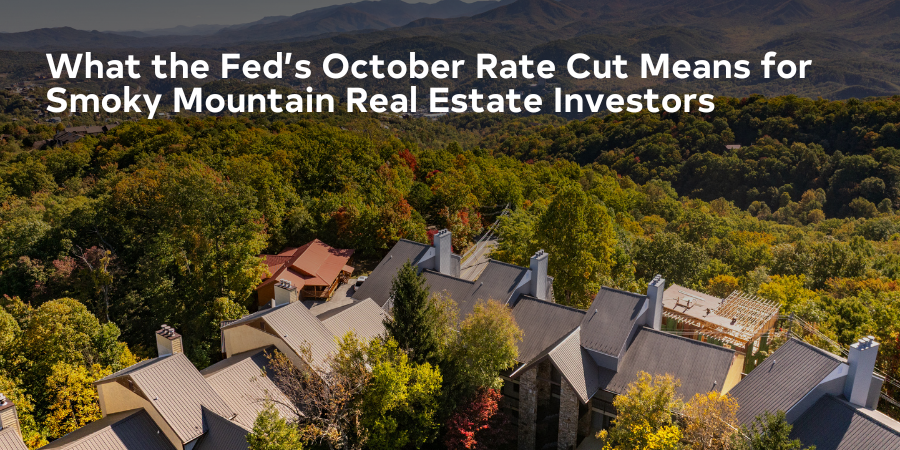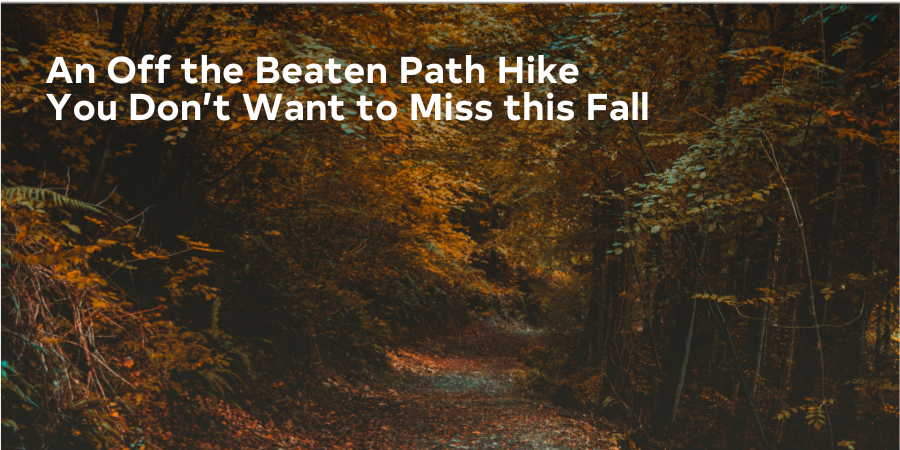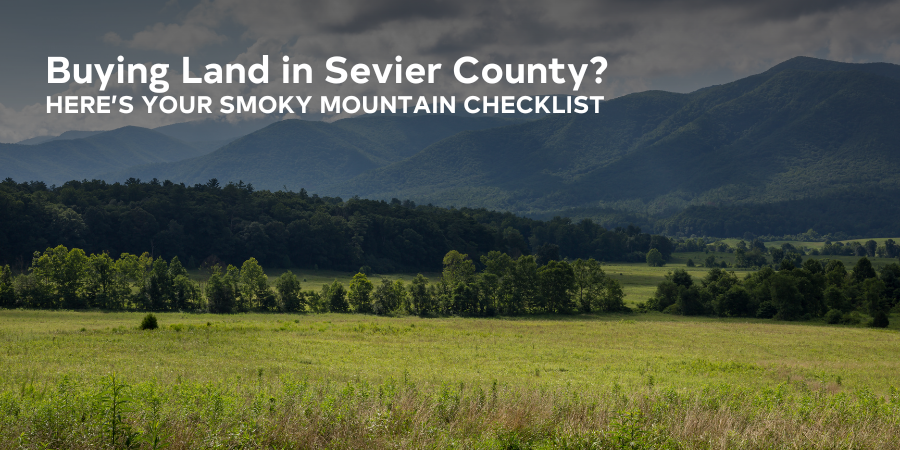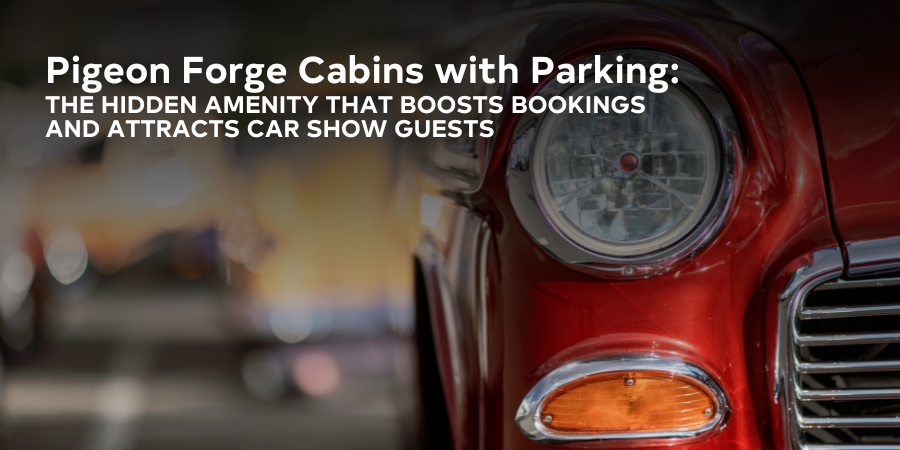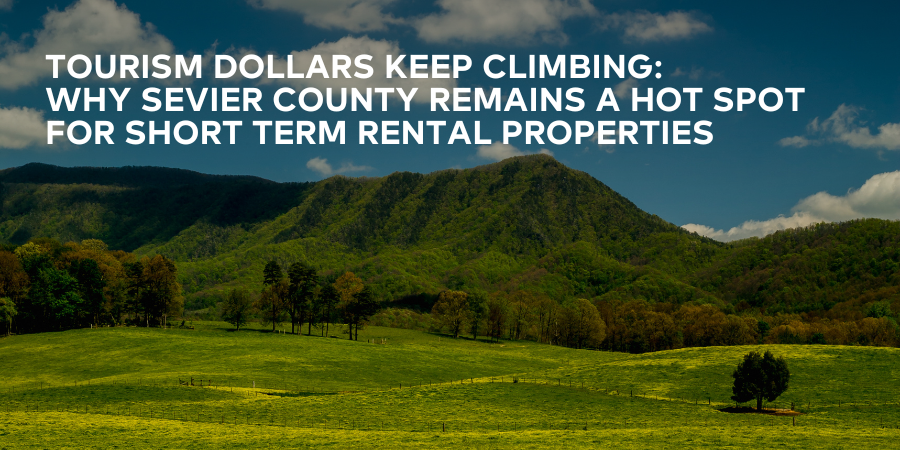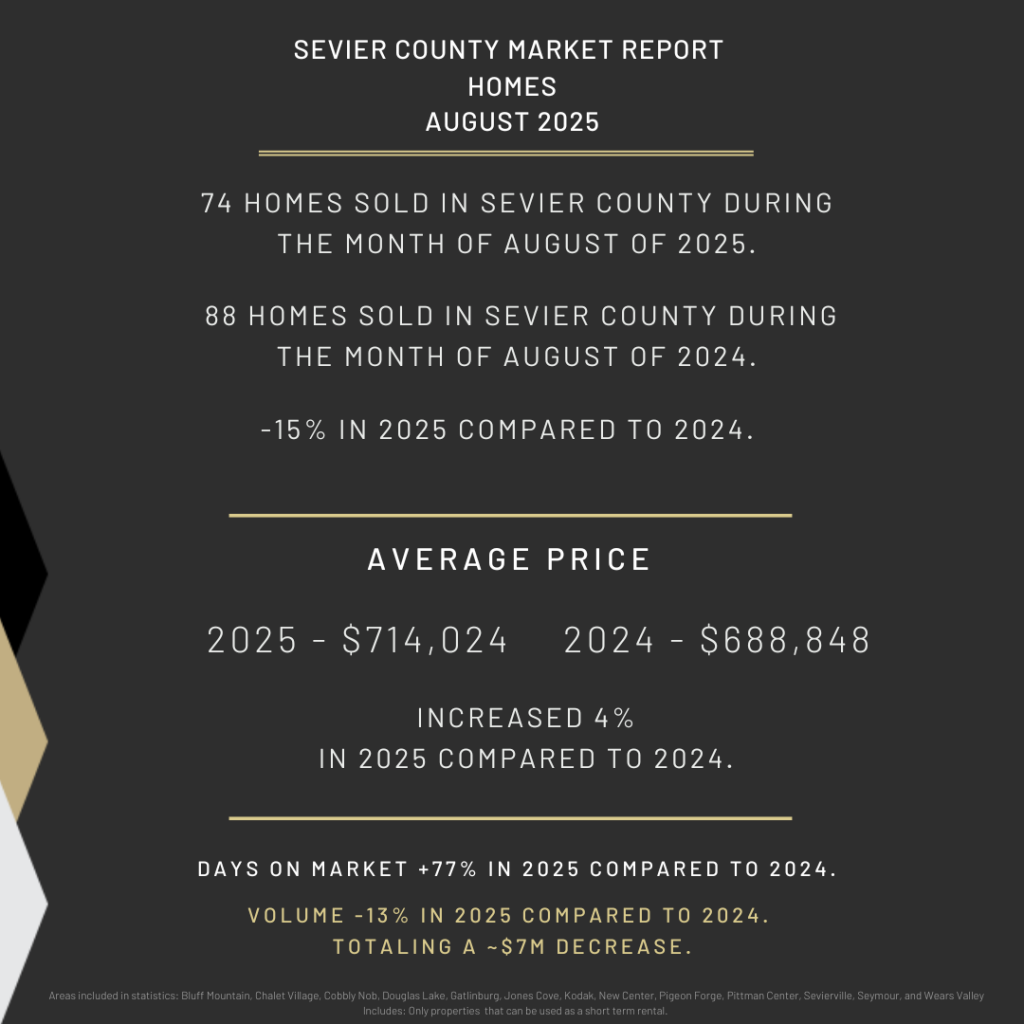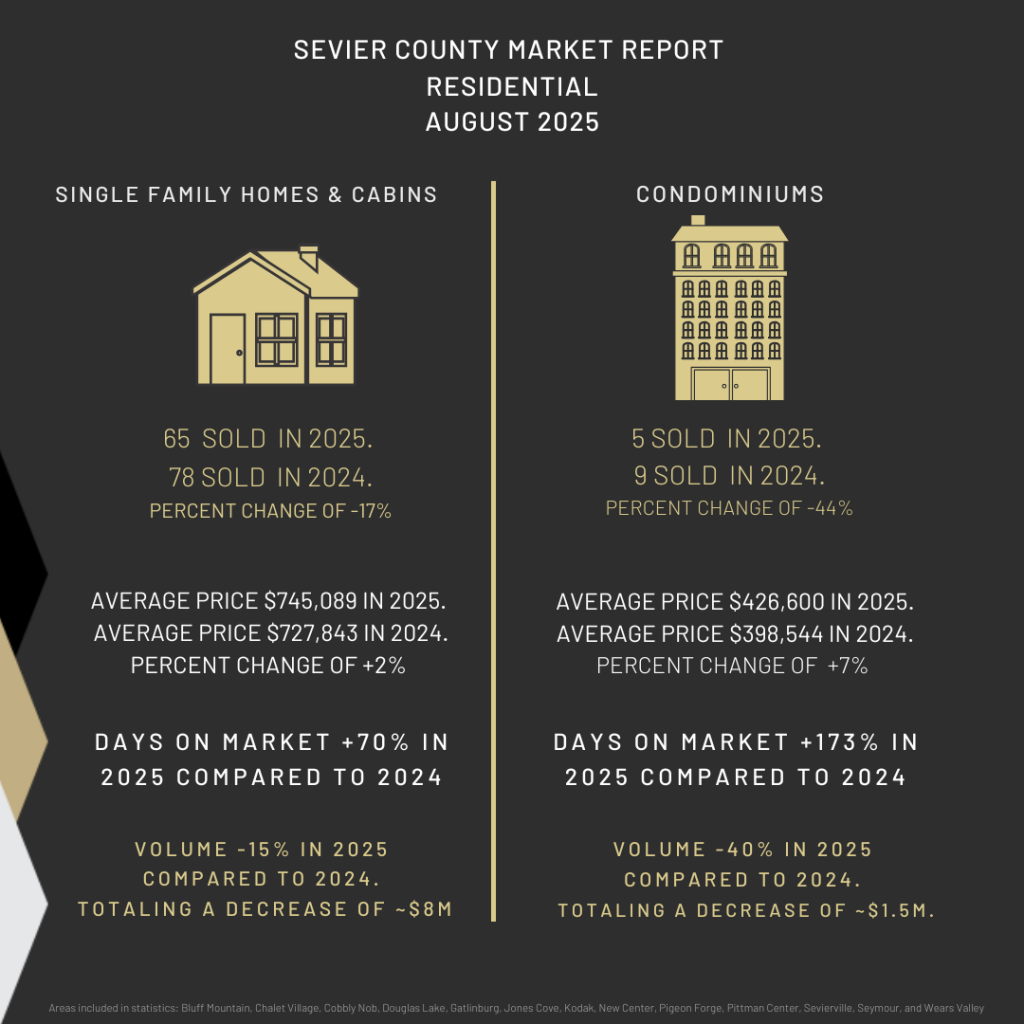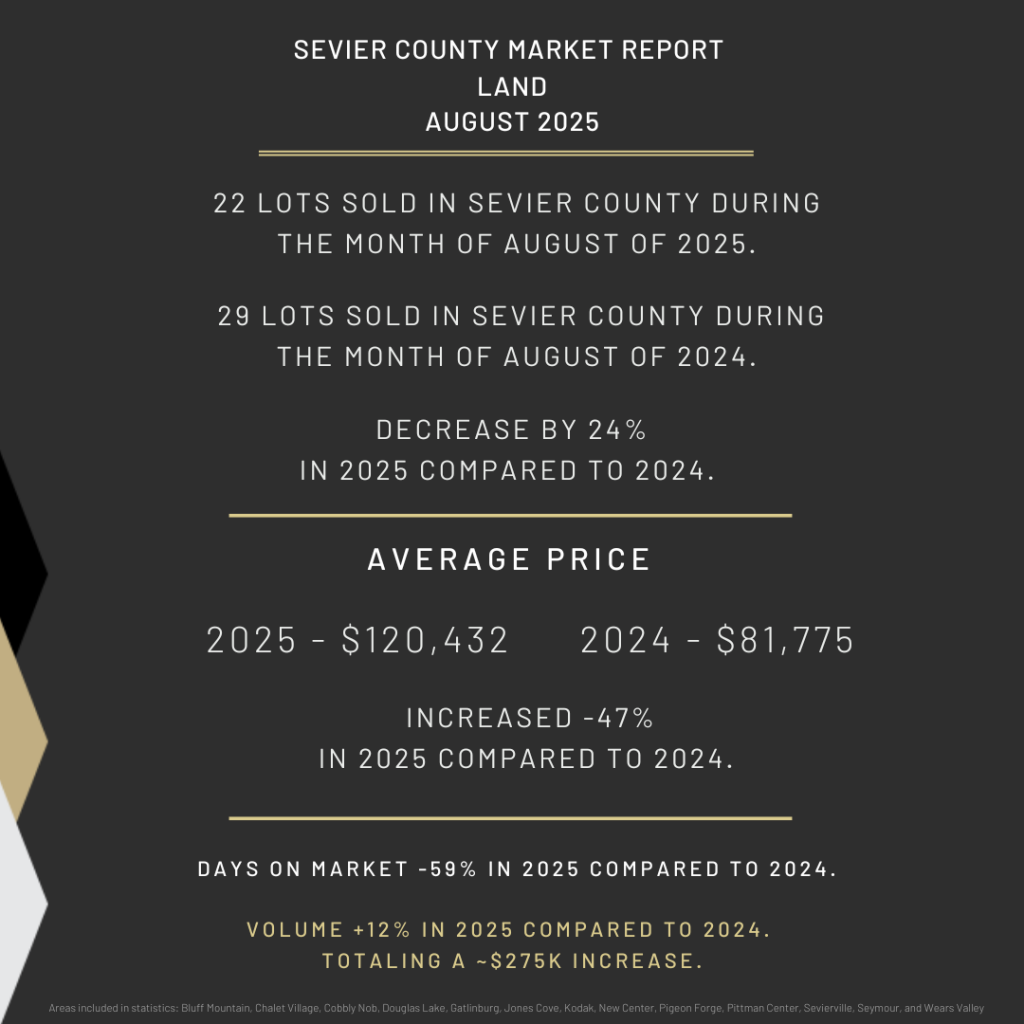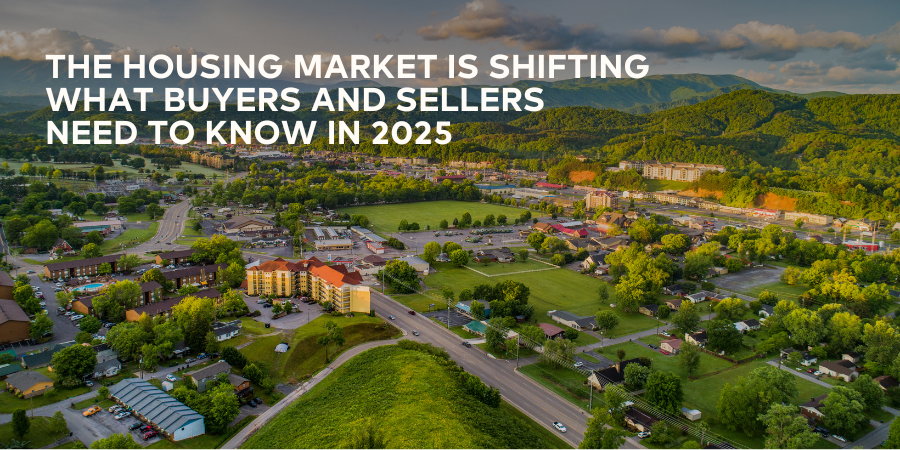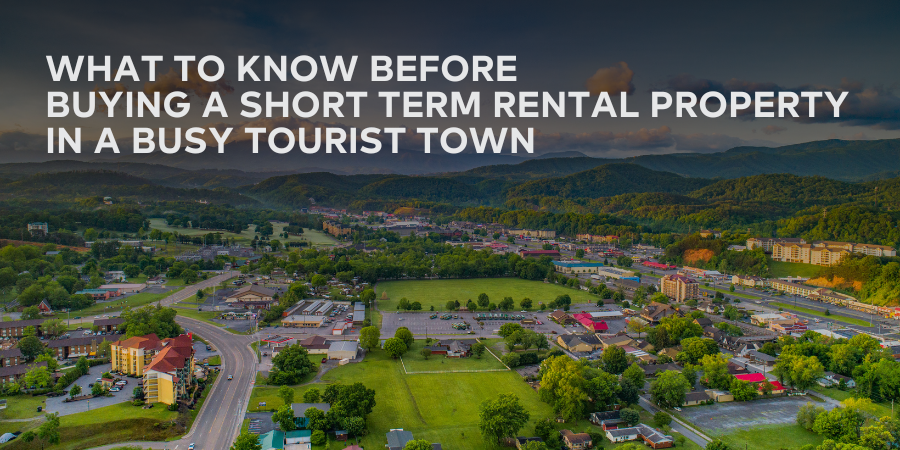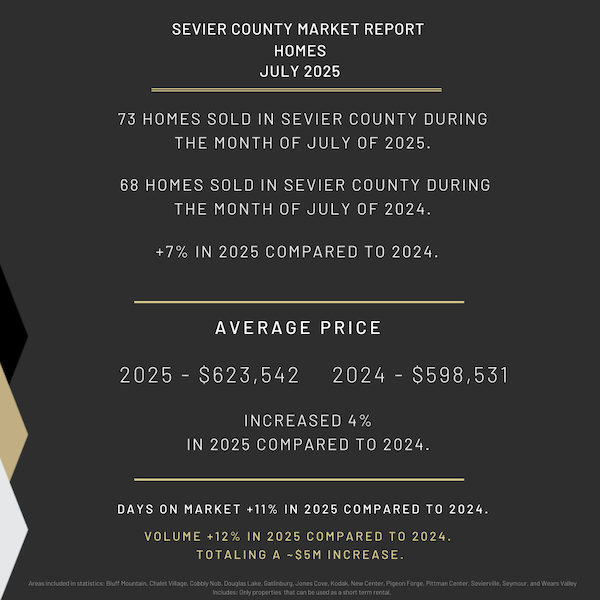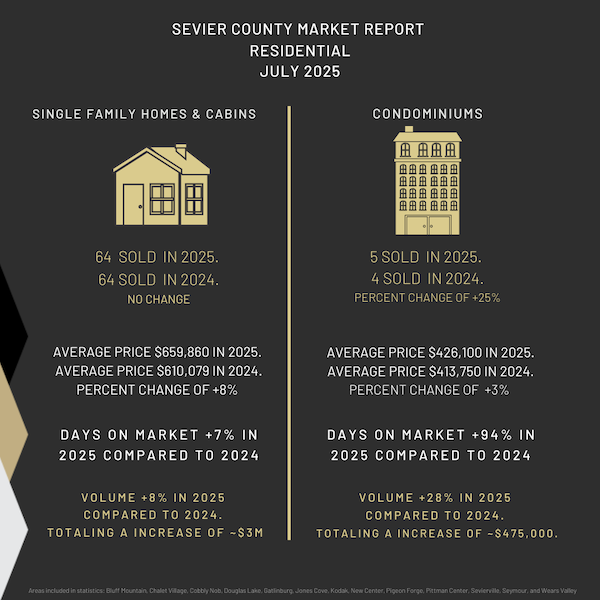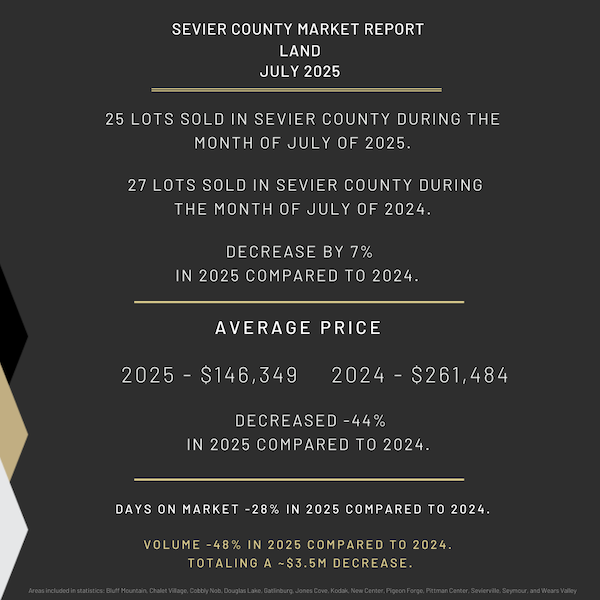The Federal Reserve announced its third rate cut of 2025, lowering the federal funds rate by another 0.25% to a range of 3.75%–4.00%.
So what does this latest rate move mean for homebuyers, sellers, and short-term rental investors in the Smokies? Let’s break it down.
A Quick Look at the Fed’s October Decision
- The Fed lowered rates by 0.25%, signaling a continued but cautious shift toward easing after a period of higher rates that began in 2022.
- Slower job growth and easing inflation pressures gave the Fed some breathing room but Chair Jerome Powell emphasized that “another cut is not a foregone conclusion.”
- The Fed wants to support the economy without reigniting inflation. In other words, they’re walking a fine line.
What This Means for Borrowers and Buyers
Lowering the federal funds rate doesn’t change mortgage rates, but it does influence them. Following the Fed’s announcement, average 30-year fixed mortgage rates dipped slightly to around 6.1–6.2%, the lowest level we’ve seen in several months.
That small shift can make a big difference for buyers in our region; a 0.25% drop on a $500,000 cabin loan can save roughly $75–$100 per month in interest.
For investors looking to add a Smoky Mountain cabin to their portfolio, this could be a good time to make a move, especially before inventory tightens during the early-spring buying season.
For Short-Term Rental (STR) Owners and Investors
Here’s how this rate cut could play out locally:
- Slightly lower rates can help investors secure more favorable financing on new cabin purchases or refinances.
- Sustained travel demand. The Smoky Mountains remain one of the most visited national park regions in the U.S. and travelers continue to seek unique, well-managed stays.
- With inflation still higher than the Fed’s 2% target, owners should continue to budget carefully for utilities, insurance, and maintenance.
Put simply: cheaper money may help, but strong management and smart pricing still drive your ROI.
When national monetary policy leans toward easing, our market tends to benefit: lower financing costs meet strong visitor demand — a powerful mix for investors seeking both income and long-term value growth.
How to Navigate This Market
Whether you’re a current owner or exploring your first Smoky Mountain investment, now’s the time to:
- Revisit your financing. Talk to your lender about rate adjustments or refinance opportunities.
- Review your numbers. Use updated mortgage rates in your rental projections to see how your ROI changes.
- Look locally, act strategically. National headlines matter less than neighborhood-level insight. Partner with a local team (👋 that’s us!) who knows which areas consistently perform for STRs.
The Fed’s October rate cut is a welcome sign that monetary pressure is easing but it’s not a “back to the boom” moment.
Real estate success in the Smokies still comes down to location, management, and data-driven decisions.
If you’ve been waiting for a friendlier interest-rate environment to buy your first cabin or expand your portfolio, our team has been helping buyers and investors navigate every type of market since 1996. We’d love to help you evaluate today’s opportunities and find the cabin, home, or property that fits your long-term goals.
📞 Contact the Jason White Team to schedule a consultation or browse the latest listings in Gatlinburg, Pigeon Forge, and Sevierville.

